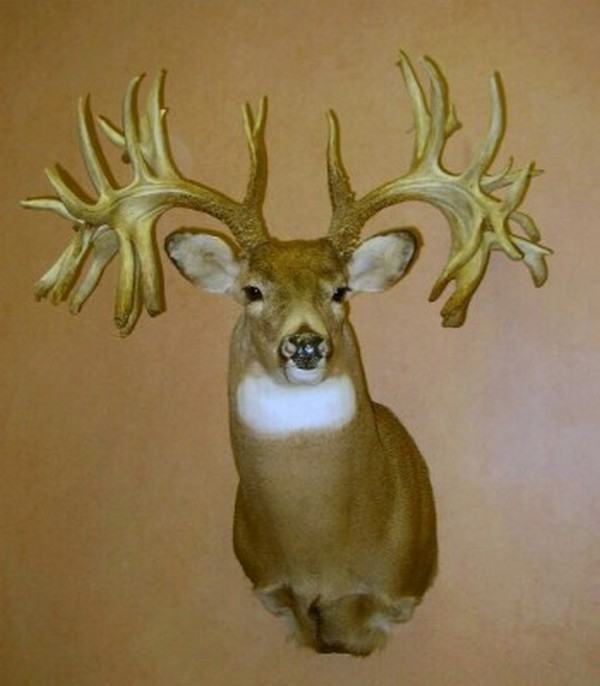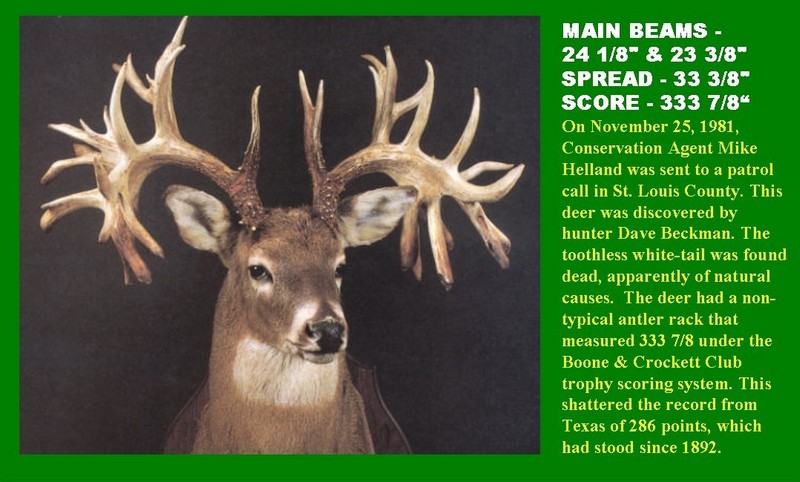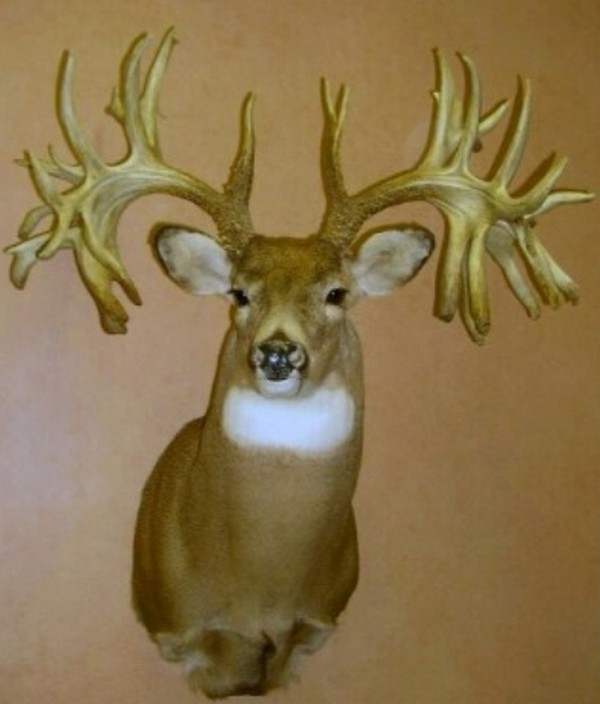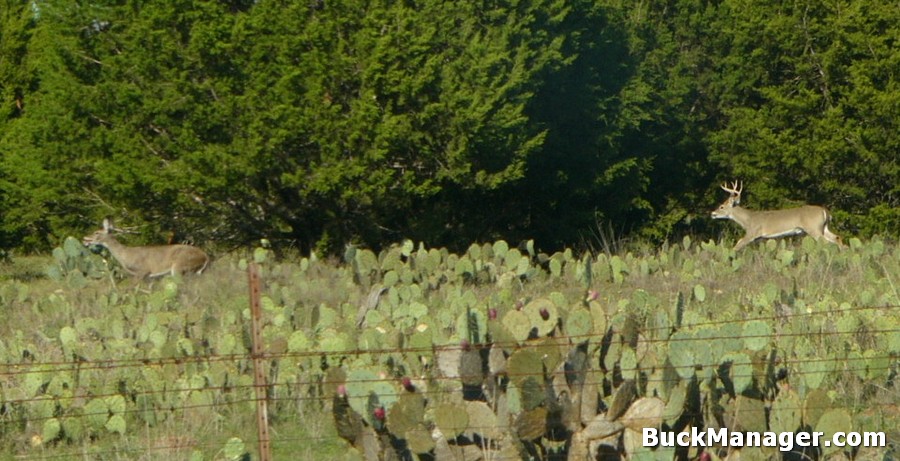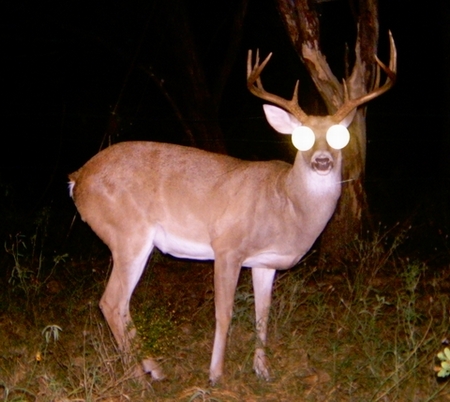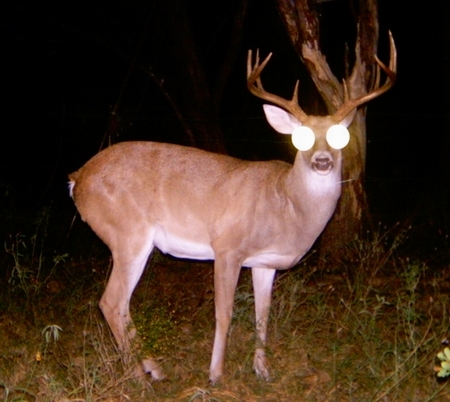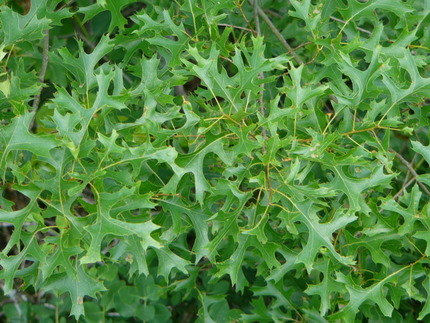The Missouri Monarch is a buck that hunters can only dream about. That is because it was not hunter-harvested, but the big white-tailed buck is the current world record non-typical white-tailed buck. Yes, that’s big! The deer was smart enough — or lucky enough — to avoid hunters despite spending it’s life in the shadows of a major metropolitan area.
The story all started on November 25, 1981, when Missouri Department of Conservation Agent Mike Helland was sent on what appeared to be a routine patrol call in St. Louis County. The white-tailed deer was discovered by a hunter, but it was not shot with bullet or arrow.
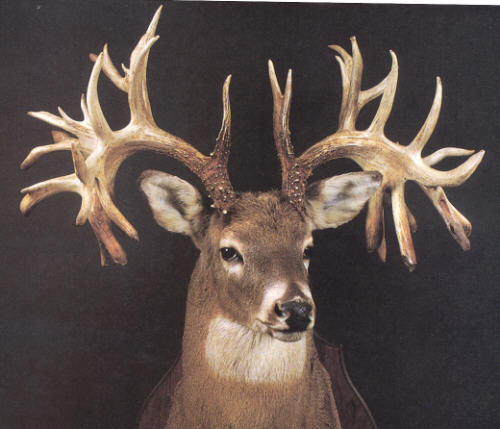
The toothless buck was found dead, apparently of natural causes. The deer had a non-typical antler rack that measured 333 7/8 under the complicated Boone and Crockett trophy scoring system. The massive antlers shattered the record from Texas of 286 points, which had stood since 1892. The buck’s antlers had an inside spread of 25 1/8 inches and weighed 11 1/4 pounds.
However, there is no definite explanation for the tremendous antler growth exhibited by the deer, but the deer grew a monstrous rack between spring and winter.
The Missouri Monarch was 4 1/2 years old and had a full-body weight of 250 pounds. The buck had a deformity in the lower jaw, causing it to be set back a few inches. According to Department biologists, the deformity may have been caused by a canine bite early in the buck’s life.
The injury consisted of a small puncture hole in the lower jaw bone that apparently resulted in an infection that caused a total loss of his lower incisor teeth.
A buck’s antlers are composed of calcium, phosphorus, and protein. When growth is completed, the once soft antlers forms into solid bone. Abnormally shaped antlers occur occasionally, for several reasons, and sometimes represent injury during growth.
The big Missouri buck represents the trophy that most deer hunters dream of, but it goes into the books as a deer “not taken by a hunter.” What a story.
